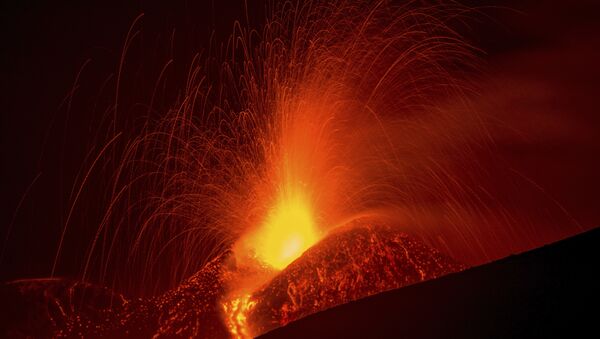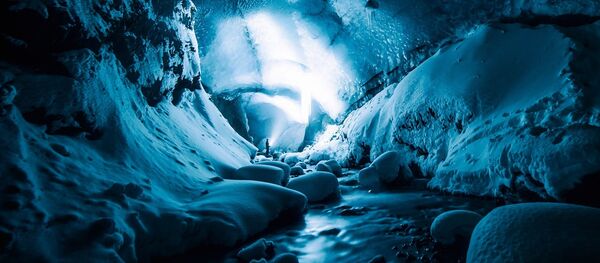Scientists declined to elaborate on when the eruption of Campi Flegrei to the west of Naples may occur, but stressed that flows of a magmatic bubble under the volcanic caldera has become more active in the past few weeks, according to the Phys.org website.
The relevant study is led by Dr. Luca De Siena at the University of Aberdeen along with the University of Naples and the University of Texas at Austin.
"One question that has puzzled scientists is where magma is located beneath the caldera, and our study provides the first evidence of a hot zone under the city of Pozzuoli that extends into the sea at a depth of 4 km," De Siena said.
Campi Flegrei Eruption Risk: Hot Zone Feeding One of the World's Most Dangerous… https://t.co/vROekHNYTk
— AshCloudNEWS (@Volcano_NEWS) 19 сентября 2017 г.
The super eruption of Campi Flegrei occurred about 40,000 years ago and probably caused the beginning a volcanic winter. Ashes covered an area of more than 1.1 million square kilometers at the time, according to the scientists.



